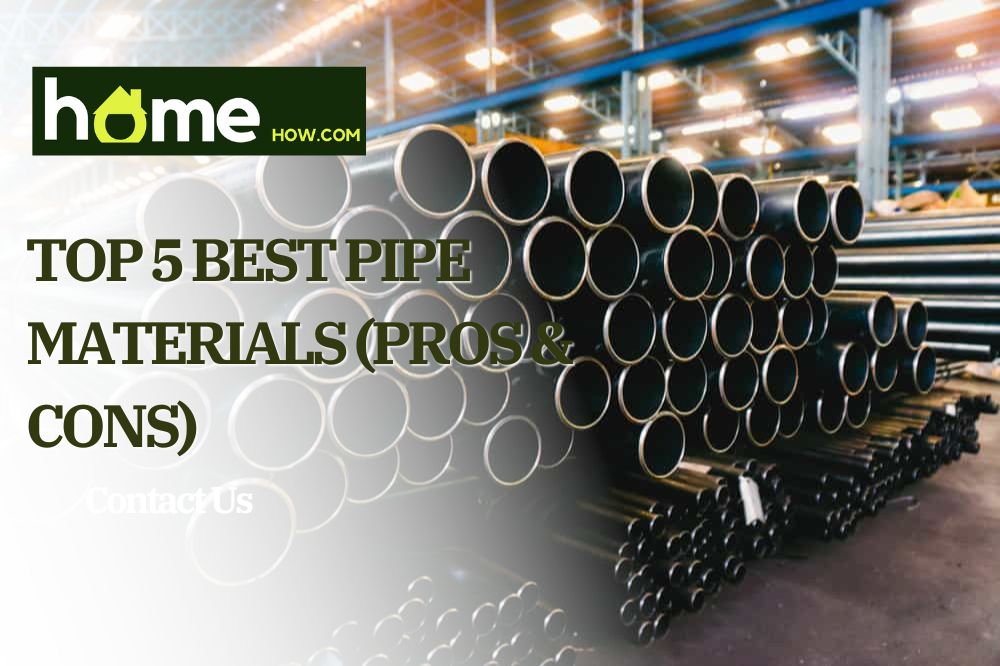Are you looking for the strongest pipe material for your plumbing line or drainage system? In doing so, it’s important that you have a solid understanding of the different types of plumbing pipes. Being knowledgeable of the technicalities ensures you make the best decision according to your needs.
So, in this guide, we will give you a list of the best pipe materials in terms of durability and longevity. But before we delve into our recommendations, let’s first expound on the factors that you should consider when picking pipe materials.
Things to take into account when choosing pipe materials
From transporting water to your household to extracting waste to the sewage system, pipelines hold a crucial role in residential properties and commercial buildings. Therefore, it’s very important that you select the piping material in relation to what you currently need.
And if you’re unsure about the selection process, don’t worry as we discuss the key factors that you need to consider beforehand. First and foremost, check out the material’s durability. Then, learn more about its projected life expectancy as well as the possible issues that may arise in the long run.
These include chemical reactions and leaks due to corrosion, among others. Of course, you also need to consider the price so it would fit your budget. Now, that you have an idea of the things to consider when picking plumbing pipes, it’s time to get back to the main concern.
5 strongest pipe materials (metal and plastic)
When we take into account the term “strongest”, it is imperative to highlight where the pipes will be used. Do you need it for your water supply line? Or it is required for the drainage system? Distinguishing your needs is pivotal in choosing the right pipe.
1. Cast iron
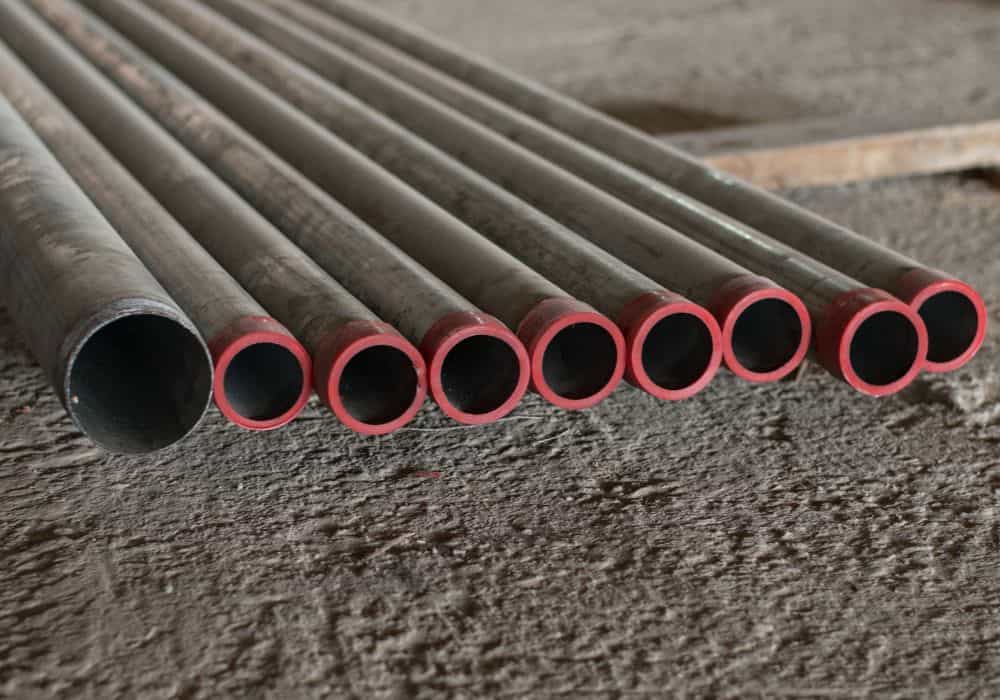
When it comes to durability, nothing comes close to cast iron, a heavyweight metal pipe with a rough and stippled appearance. But don’t be deceived by its unsightly features because these actually make cast iron pipes very sturdy and long-lasting.
Cast iron piles are unlike other tubes because they are remarkably durable, which makes them apt for underground pipes, sewer systems, and drainage.
Aside from their robustness, these can make use of PVC to replace possible damages to the piping system. In addition, the solid properties of cast iron pipes limit the sound of moving water as well as handle the temperature of water effectively.
As the heaviest of all plumbing pipe materials, these surely need extra support when installing one. This is one of the reasons why cast iron pipes aren’t widespread among homeowners who DIY their plumbing projects. Another key factor that contributes to its decline is due to the negative long-term effects.
After quite some time, cast iron may start to show signs of corrosion and rust acquisition. These aspects then affect the maintenance of having a clean water supply in your household.
Advantages
- Very durable
- Great for drainage and sewer systems
- Heat-resistant
- Remarkable sound reduction
Disadvantages
- Rust accumulation over time
- Possibility of corrosion in the long run
- Difficult to cut
- Not widely used among homeowners
2. Copper pipe
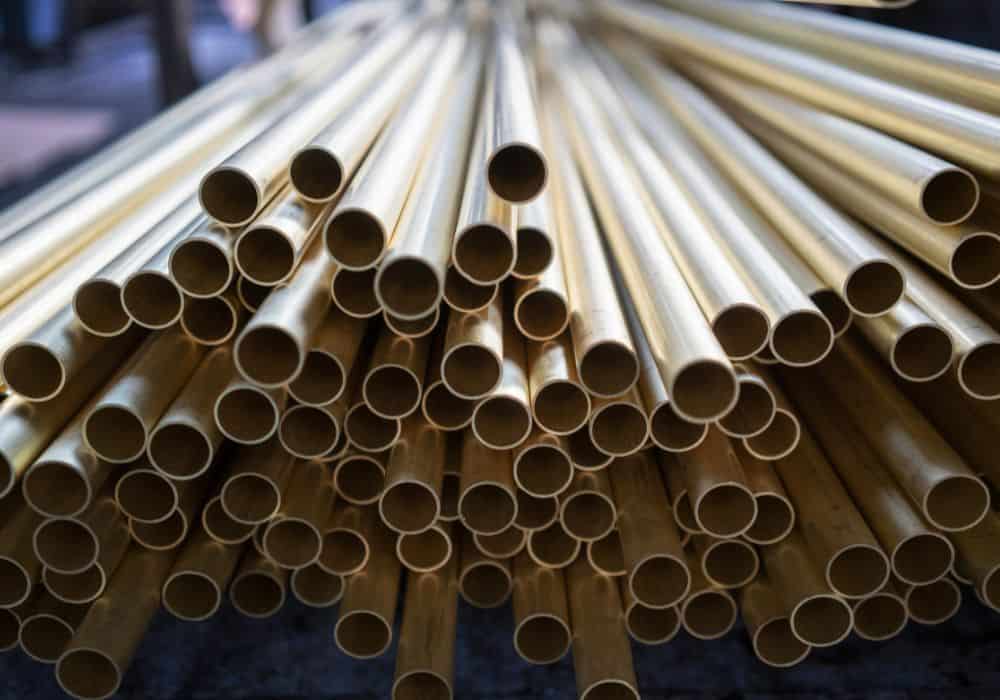
Next in line, we have copper. This is actually considered the best metal-based pipe material due to its sturdiness and resistance to both heat and corrosion. Since these are resistant to heat, copper pipes are suitable for water supply lines and plumbing systems, either aboveground or underground applications.
In general, copper pipelines are divided into two kinds: rigid and flexible. The rigid group is then categorized according to its thickness. There are three options available: type M, type L, and type K, with M as the thinnest and K as the thickest.
According to several studies, copper works wonders even after decades. It has an average lifespan of around 50 years, which means you won’t be needing replacement of thinning walls anytime soon.
Not only that but copper pipelines have anti-microbial properties to ensure top-notch sanitation within your household. This is the reason why most professionals would recommend this type of pipe for water distribution systems.
Because you’ll be enjoying all these amazing features, copper pipes are priced higher than other pipe materials. The average cost per foot ranges from $2.50 to $3.50, which is at least times two of the normal rate of plastic-based tubes. On top of that, the cutting and fitting of copper pipes is an additional expense.
Advantages
- Sturdy
- Ideal for water supply lines
- Heat-resistant
- Comes in various thickness
Disadvantages
- Pricier than other pipe materials
- Very old copper pipes may contain lead
3. Polyvinyl chloride pipes (PVC)
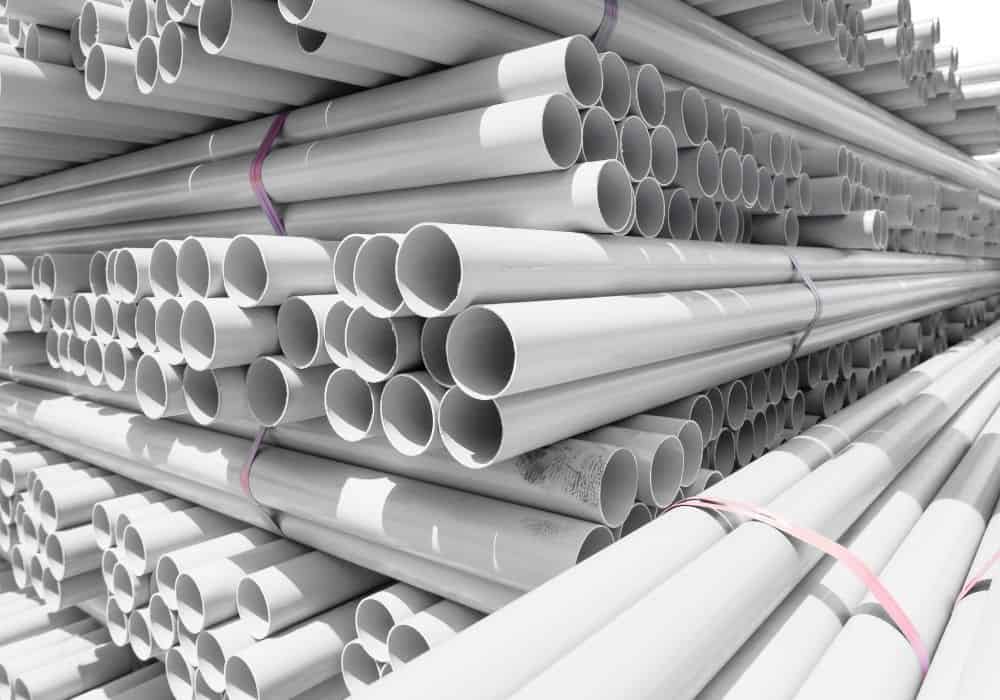
If you’re not interested in metal-based pipes, then the best and strongest option would be PVC. Featuring a white, firm plastic material, you might not expect PVC pipes to be that sturdy. But alas, this type of plastic pipe is actually very durable and even chemical-resistant!
With strong physical properties, it can easily manage high water pressure. In addition, it does not get corroded or acquire rust over time, ensuring the cleanliness of the water supply over time. PVP pipes also come with a smooth inner lining, which allows protection from sediment buildup and blockage.
And since these are lightweight materials, you won’t have a hard time installing and repairing these plastic pipes. It’s very easy to work on them using a tubing cutter or a hacksaw. You may also use special chemical solvents to connect these materials.
In view of these features, no wonder many plumbers choose PVC as their main water supply lines. These tubes can be connected to a sink as well as areas like toilets and shower drains. Aside from carrying water into the household, these are also ideal for plumbing waste systems, drain lines, and vent pipes.
The main drawback of PVC piping is that it is not resistant to heat. Hence, these pipes should not be exposed to sunlight to avoid deterioration and possible deformation of the surface. There may be concerns over toxicity over time. Thus, it’s not suggested for drinking water.
Advantages
- Very sturdy
- Light-weight
- Resistant to corrosion and rust
- Withstands high water pressure
- Recommended for the water supply system
Disadvantages
- Not suitable for hot water
- Not to be exposed to sunlight
- Environmental drawbacks
4. Chlorinated Polyvinyl Chloride Piping (CPVC)
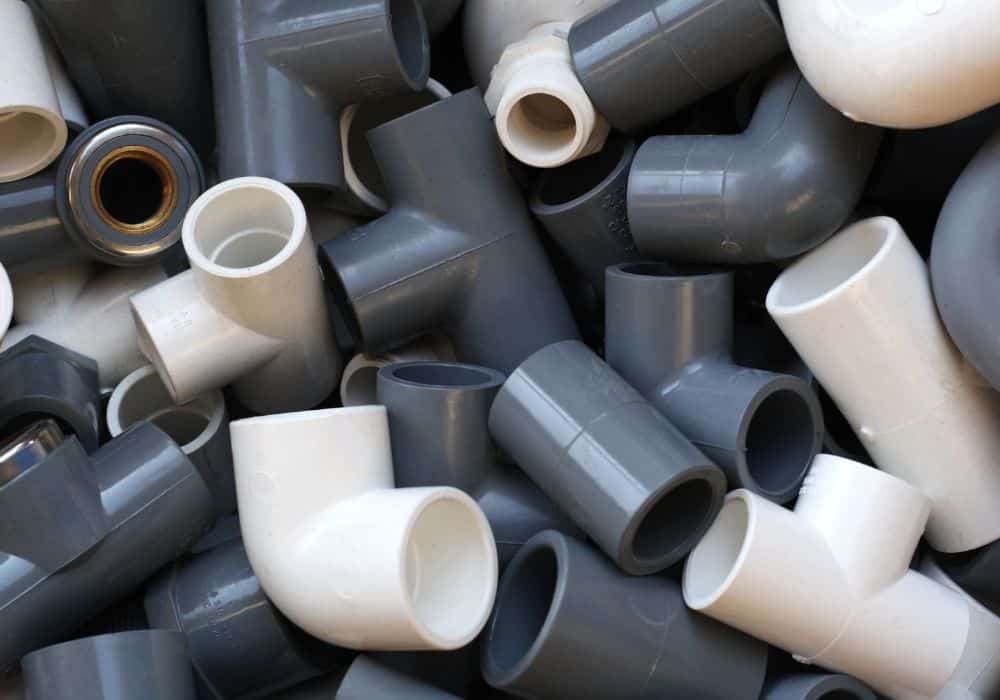
An upgrade to the normal PVC, CPVC is the perfect option for water supply systems that are allocated for drinking. Unlike PVC, these top-of-the-line pipelines can withstand heat. More so, it is equipped with significant chlorine content, making it functional for both hot and cold water.
In terms of physical characteristics, CPVC pipes are also better than PVC piping. Smoother yet sturdy surfaces, these help in minimizing the noise from the water flow. These are also insulated, which means a reduction of energy loss and resistance to fire.
Advantages
- Sturdy yet light-weight
- Resistant to corrosion, rust, heat, fire, and energy loss
- Works on both hot and cold water supply systems
- Ideal for drinking water
- Less sound from the water flow
Disadvantages
- Pricier than PVC
- Environmental drawbacks
- More complicated manufacturing procedures
- Possibility of getting split due to freezing temperature
5. Acrylonitrile Butadiene Styrene (ABS)
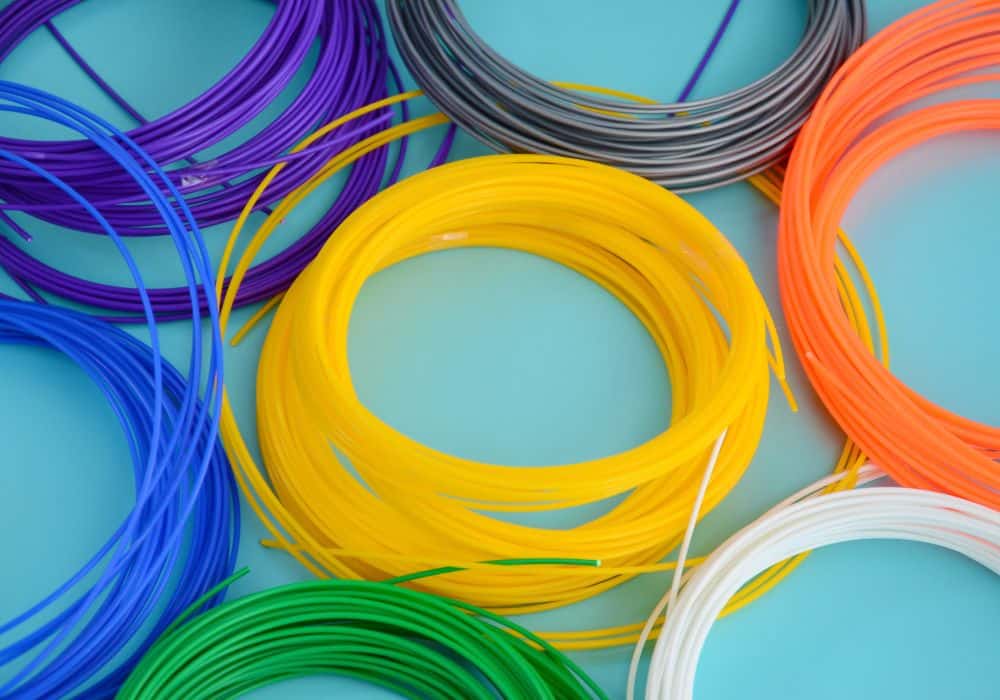
Another extremely durable plastic-based material is none other than ABS. This black tube is often used as a replacement for stainless steel piping because of its sturdiness. It has remarkable strength, especially when installed in areas with lower temperatures.
Plus, these are resistant to abrasion and rust as well as most acids, salts, alkalis, and other toxic chemicals. Because of its strong properties, ABS is less flexible yet very easy to install. Compared to PVC constructions, these do not generally need a primer before connecting the joints.
However, ABS is not highly resistant to heat. Therefore, the material may warp over time if constantly exposed to sunlight. This is the reason why these black pipes are suggested for underground systems instead. Keeping them under the direct heat of the sun increases their deterioration state.
Therefore, ABS pipes are more favored when it comes to drain waste, sewer, and vent pipelines. Aside from these installations, ABS can also be utilized for electrical wire insulations.
Advantages
- Very sturdy
- Resistant to rust, abrasion, and other chemicals
- Recommended for underground pipelines and plumbing waste systems
- Best installed at lower temperatures
Disadvantages
- Not resistant to heat
- Greater possibility of water if exposed to heat
- Lesser flexibility
- Not recommended for aboveground installations
A summary of the factors you need to consider when picking the right pipe material
Choosing from the list above can be a difficult decision. Thus, you need to consider all aspects, including its physical properties, longevity, and resistance factors, among others. And before we forget, you shouldn’t forego the price of the pipe materials. Some of you may think that the priciest is the best option.
However, this isn’t the case in terms of picking the right plumbing pipes. You should take into account where you plan to install these tubes.
Is it aboveground or underground? Or do you need these for the water supply system in the bathroom or as your drinking water? These are crucial questions that you need to answer before selecting the best and stronger pipe material.
Conclusion
If you’re still uncertain, you can always consult with a licensed professional to help you out with the decision-making. Or you may comment with your questions below and we will try to give you relevant insights accordingly.
